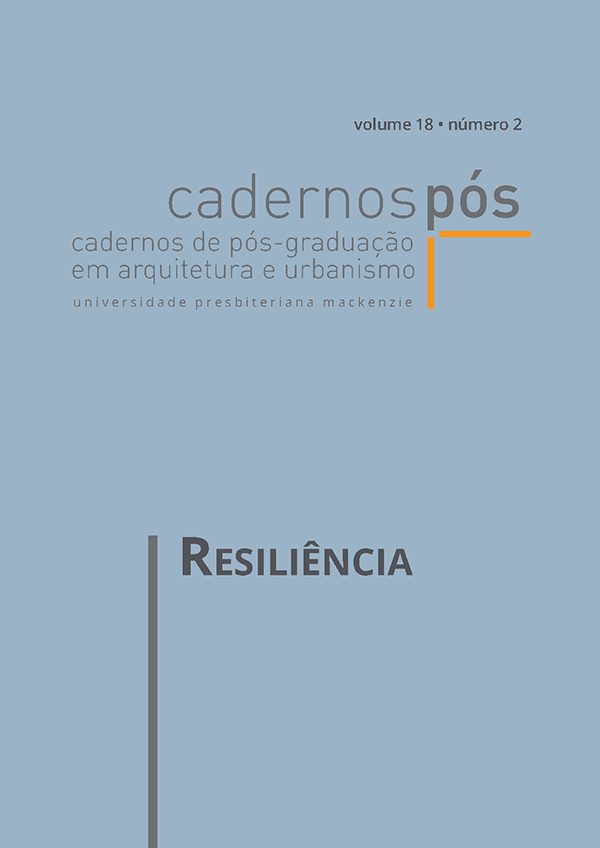Curitiba, from Agache Plan (1943) to Serete/ IPPUC Plan (1965): planning, appropriation of discourse and negation of the past
Keywords:
Curitiba, Alfred Agache, Plano Serete, IPPUCAbstract
Like the urban, the scientists who try to explain it are the result of a certain historical moment and determined socially, politically, ideologically, legally and economically. Based on this fact and taking the core ideas of the intellectuals who through Urban Geography and Historical Geography understand the space, it seeks to understanding of the city of Curitiba during the XX century, looking at how to approach technical-scientific acted in the regulation of the growth and modernization, demonstrating how science helps us understand the city, in this case giving special emphasis to a Brazilian city and its emergent country reality. It will be sought to verify how the architect Alfred Agache contributed to modifications in the city and the construction of an identity, strongly linked to the urban progress and the order, to contribute to understanding urban transformations of Curitiba. The objective is to go beyond official and media history and insert Curitiba's planning process in a context where physical, built, and immaterial stays such as spatial segregation and lack of urban policies for quality improvement in the plans and ideas of the planners analyzed, be exposed and discussed, as a way to overcome this thinking about the city.
Downloads
Downloads
Published
How to Cite
Issue
Section
License
Authors who publish in this journal agree to the following terms:
a) Authors retain the copyright and grant the journal the right of first publication, with the Project simultaneously licensed under the Creative Commons Attribution License that allows the sharing of the Project with recognition of the authorship and initial publication in this journal.
b) Authors are authorized to assume additional contracts separately for the non-exclusive distribution of the version of the Project published in this journal (e.g., publishing in an institutional repository or as a book chapter), indicating that it was originally published in this journal, with a link to the article.








 Todo o conteúdo de Cadernos de Pós-Graduação em Arquitetura e Urbanismo está licenciado sob
Todo o conteúdo de Cadernos de Pós-Graduação em Arquitetura e Urbanismo está licenciado sob 